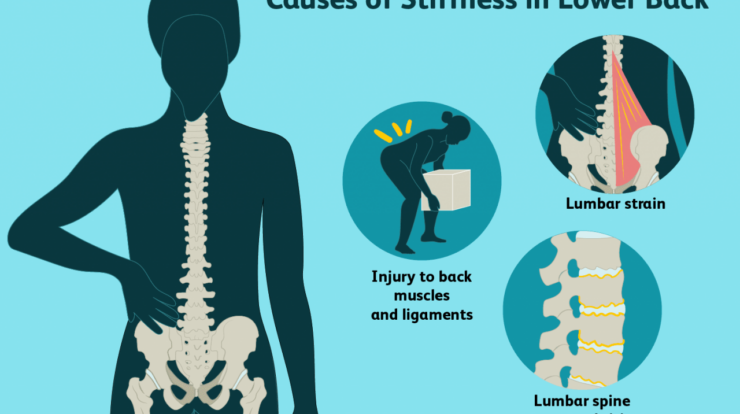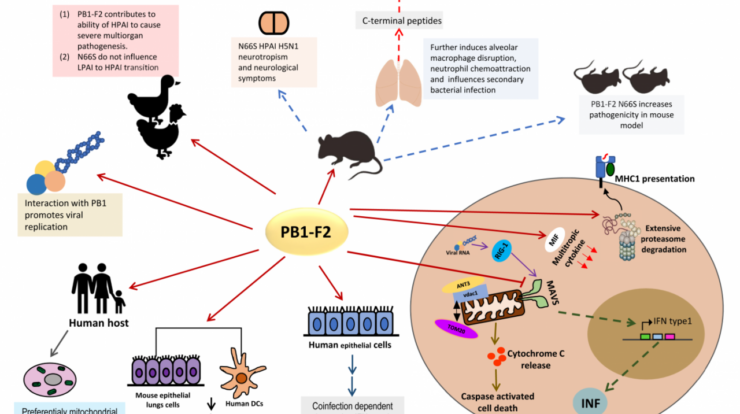
H7N9 avian influenza virus, an emerging respiratory pathogen, has raised global concerns due to its potential for zoonotic transmission and pandemic spread. This article delves into the genetic characteristics, origin, transmission dynamics, clinical manifestations, diagnosis, prevention, and public health implications of the H7N9 virus.
Understanding the H7N9 virus is crucial for developing effective surveillance, prevention, and control measures to mitigate its impact on human and animal populations.
H7N9 Avian Influenza Virus
H7N9 avian influenza virus is a subtype of the influenza A virus that has caused infections in both poultry and humans. The virus is characterized by its unique genetic makeup and transmission dynamics, making it a significant concern for public health.
Genetic Characteristics and Structure
H7N9 virus is a negative-sense, single-stranded RNA virus. Its genome consists of eight segments that encode various viral proteins, including hemagglutinin (HA), neuraminidase (NA), and matrix protein (M1). The HA protein is responsible for binding to host cell receptors, while the NA protein facilitates the release of newly formed viral particles from infected cells.
Origin and Evolution
The H7N9 virus is believed to have originated from a reassortment of genetic material from avian influenza viruses that commonly circulate in poultry. Over time, the virus has undergone genetic mutations and adaptations that have allowed it to infect and cause disease in humans.
Transmission Dynamics
H7N9 virus primarily spreads through direct contact with infected poultry or their secretions. The virus can also be transmitted through contact with contaminated surfaces or objects. While human-to-human transmission has been reported, it is considered to be relatively rare.
Clinical Manifestations and Pathogenesis
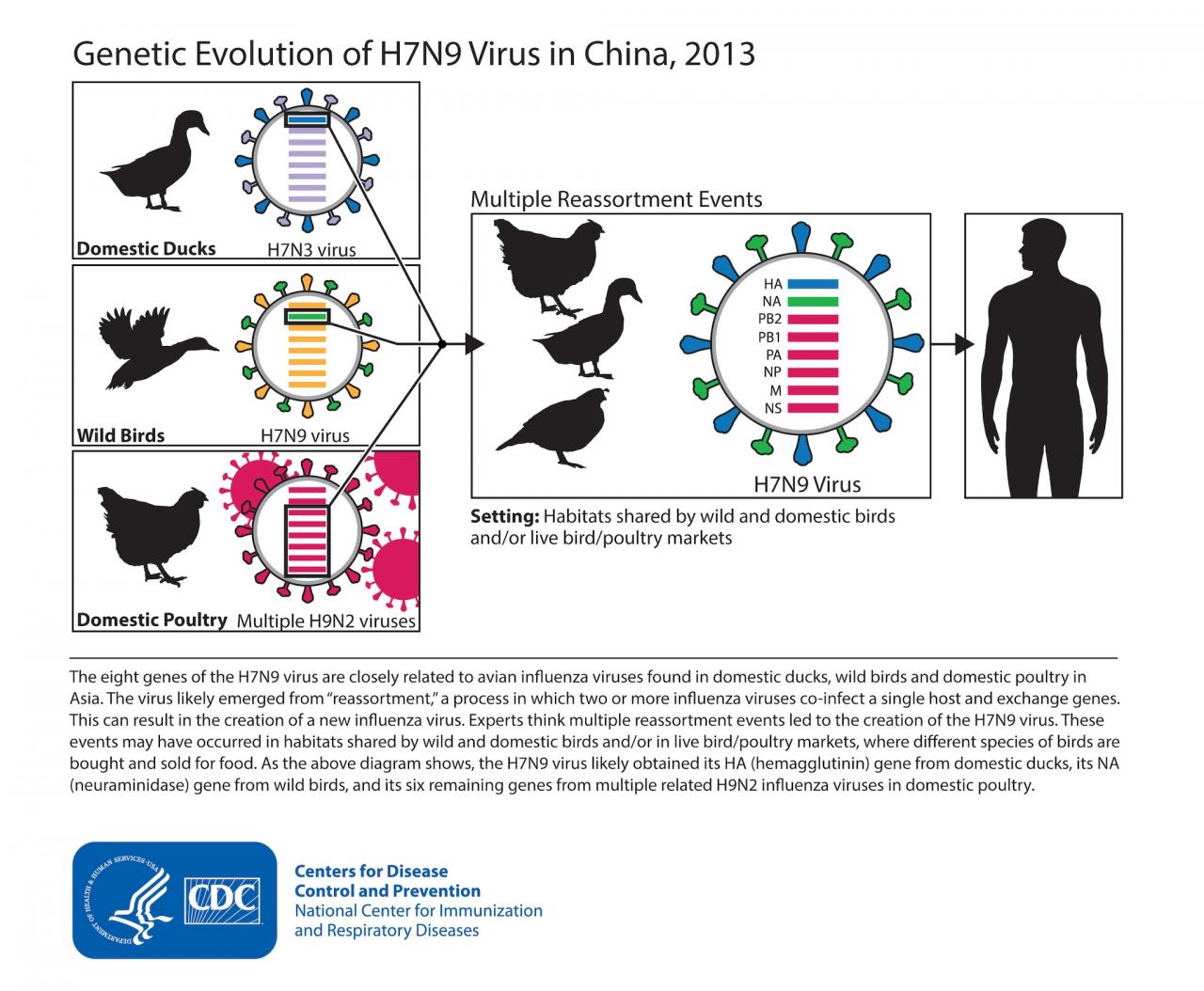
H7N9 infection in humans can cause a range of clinical manifestations, from mild respiratory symptoms to severe pneumonia and respiratory failure. The incubation period for H7N9 infection is typically 2-7 days.
Clinical Signs and Symptoms
Common clinical signs and symptoms of H7N9 infection in humans include:
- Fever
- Cough
- Sore throat
- Muscle aches
- Headache
- Fatigue
Pathogenesis
H7N9 virus enters host cells by binding to sialic acid receptors on the cell surface. Once inside the cell, the virus replicates its genetic material and assembles new viral particles. The virus can damage host cells and trigger an inflammatory response, leading to tissue damage and organ dysfunction.
Factors Influencing Disease Severity
The severity of H7N9 infection can vary depending on factors such as the patient’s age, underlying health conditions, and the viral load. Older adults and individuals with chronic health conditions are at higher risk for severe disease.
Diagnosis and Surveillance: H7n9
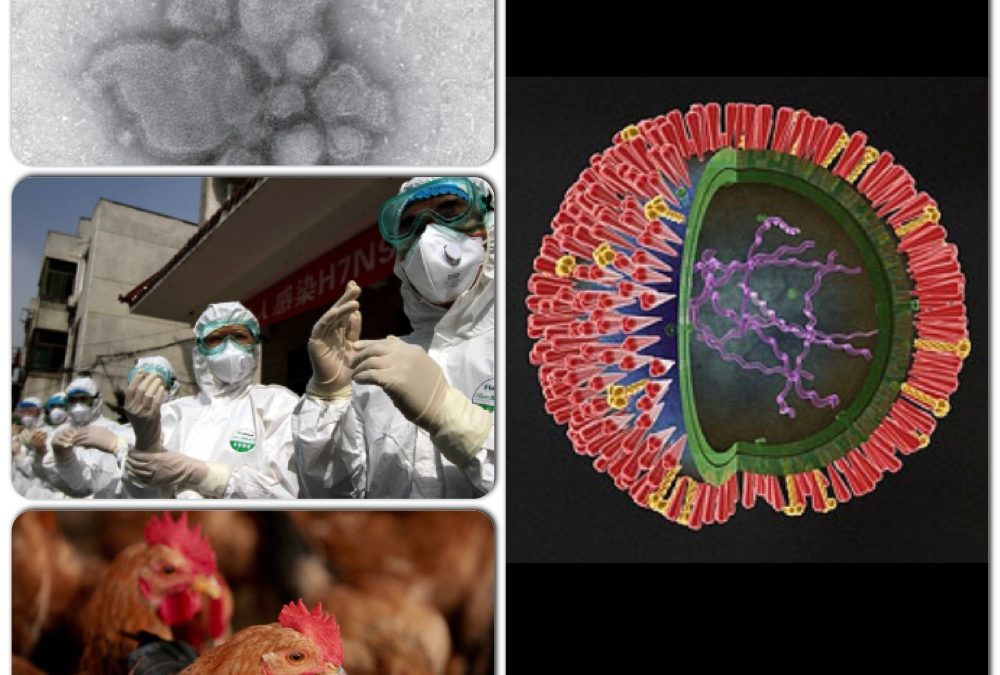
Accurate diagnosis of H7N9 infection is crucial for effective patient management and public health interventions.
Laboratory Diagnosis
H7N9 infection can be diagnosed using laboratory tests, such as:
- Real-time reverse transcription polymerase chain reaction (RT-PCR)
- Viral culture
- Serological assays
Surveillance Systems
Surveillance systems play a vital role in monitoring the spread and evolution of H7N9 virus. These systems involve the collection and analysis of data on H7N9 infections in both poultry and humans. Surveillance helps identify areas of high risk, track the movement of the virus, and inform public health interventions.
Global Surveillance Efforts
Global surveillance efforts for H7N9 virus are coordinated by organizations such as the World Health Organization (WHO) and the Food and Agriculture Organization (FAO). These efforts aim to provide early warning of emerging H7N9 outbreaks and facilitate rapid response.
Prevention and Control Measures
Prevention and control measures for H7N9 virus are essential to mitigate its impact on both poultry and human populations.
Poultry Control
Poultry control measures include:
- Vaccination of poultry
- Biosecurity measures to prevent contact between poultry and wild birds
- Surveillance for H7N9 infection in poultry
Human Control
Human control measures include:
- Vaccination of high-risk individuals
- Personal protective equipment (PPE) for healthcare workers and individuals in contact with infected poultry
- Public health education and risk communication
Challenges and Limitations
Despite these measures, there are challenges and limitations in preventing and controlling H7N9 infection. These include the virus’s ability to mutate and adapt, the lack of effective antiviral treatments, and the difficulty in implementing control measures in some settings.
Public Health Implications
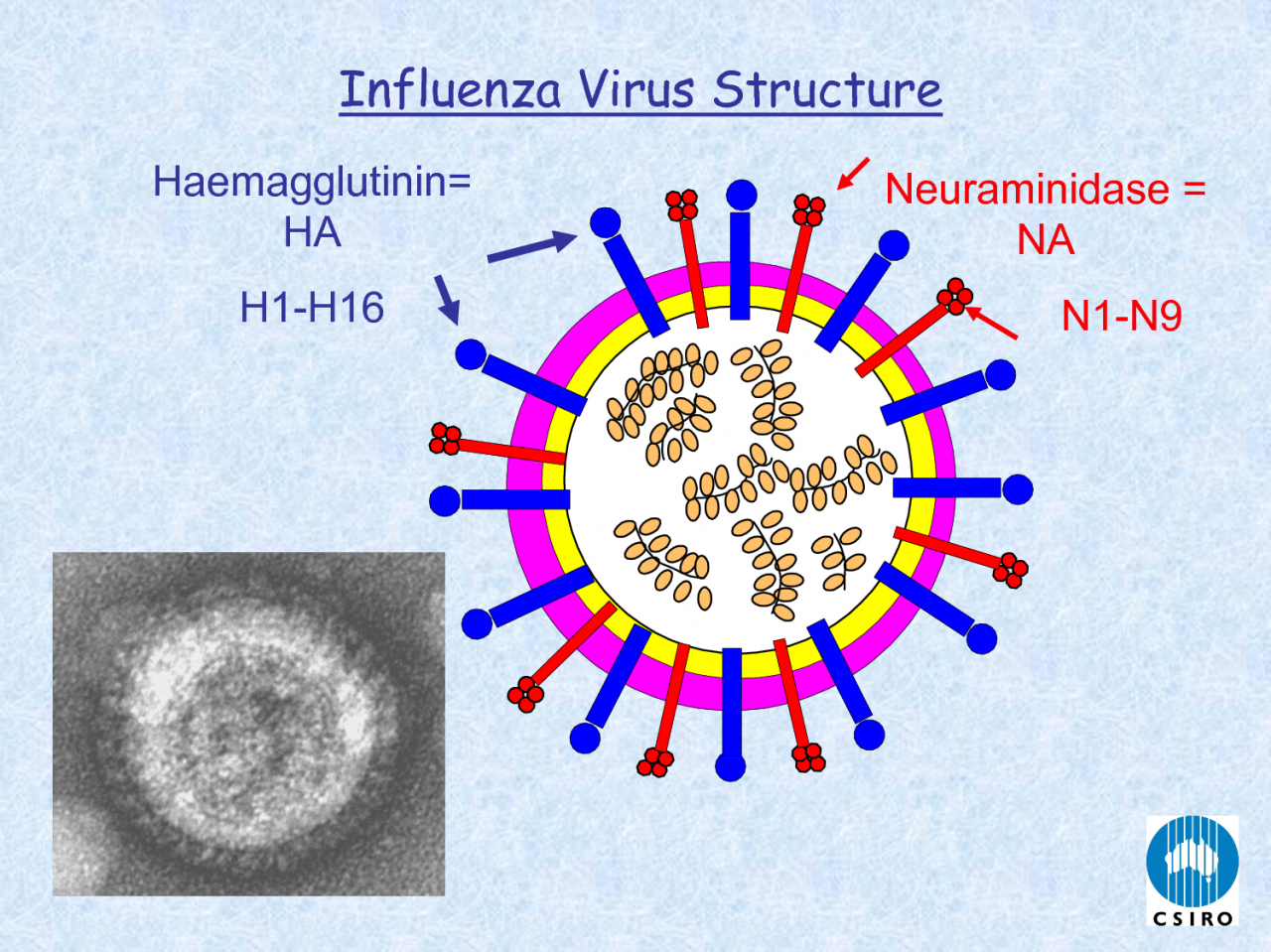
H7N9 infection has significant public health implications due to its potential for zoonotic transmission and pandemic spread.
Zoonotic Transmission, H7n9
H7N9 virus can be transmitted from poultry to humans through direct contact or exposure to contaminated environments. This zoonotic transmission poses a risk to individuals working with poultry or living in areas with high poultry density.
Pandemic Potential
H7N9 virus has the potential to cause a pandemic if it acquires the ability to transmit efficiently from human to human. The virus’s genetic makeup and ability to reassort with other influenza viruses raise concerns about its pandemic potential.
Economic and Social Impacts
H7N9 outbreaks can have significant economic and social impacts, both in poultry and human populations. Poultry outbreaks can lead to losses in the poultry industry, while human outbreaks can strain healthcare systems and disrupt social activities.
Public Education and Risk Communication
Public education and risk communication are essential to mitigate the impact of H7N9 infection. Providing accurate information about the virus, its transmission, and prevention measures is crucial for reducing fear and misinformation.
Conclusion
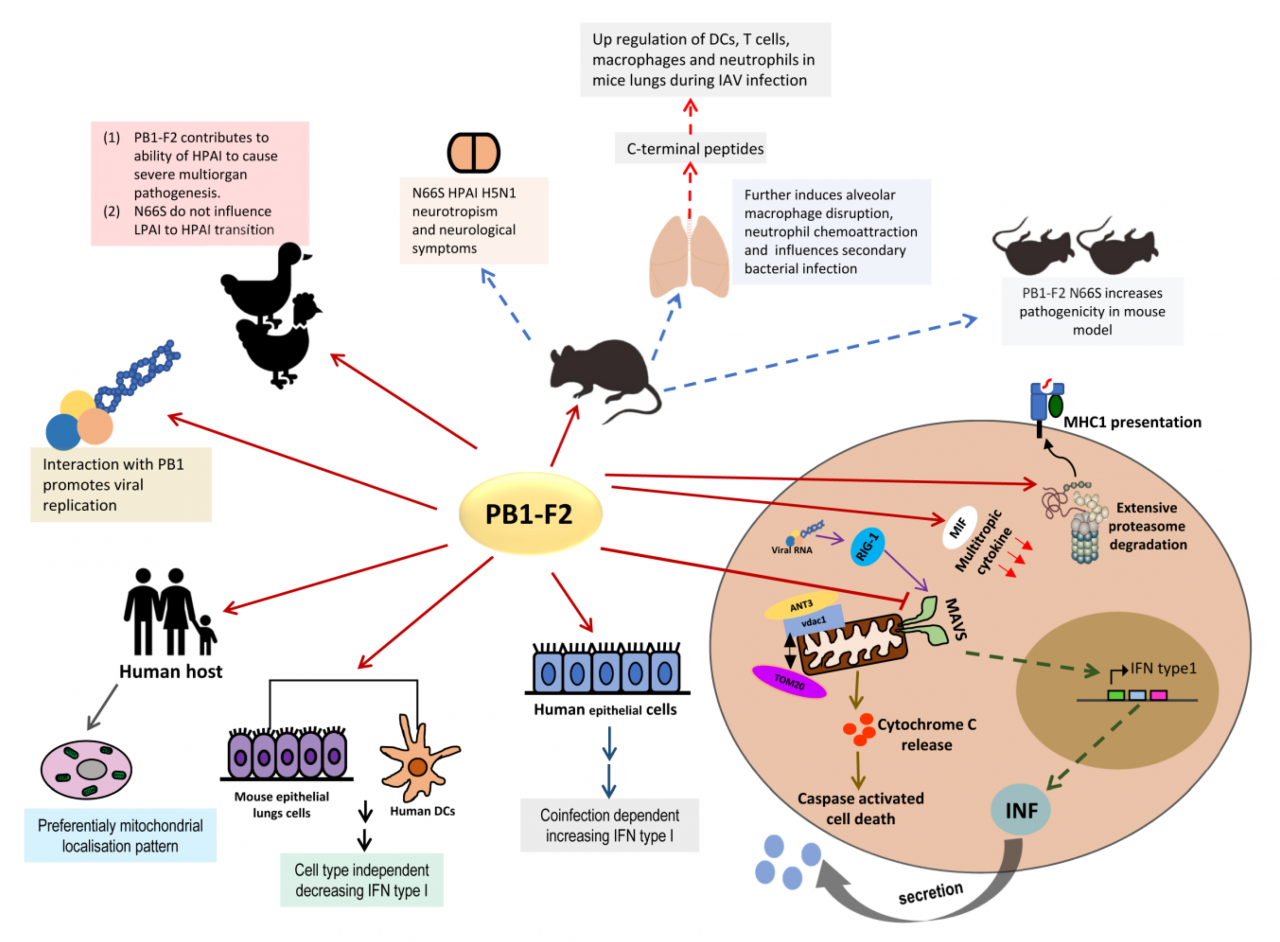
The H7N9 avian influenza virus poses a significant public health challenge, requiring coordinated global efforts to prevent and control its spread. Continuous surveillance, research, and public education are essential to minimize the impact of this emerging pathogen.


